You can’t be impersonal when it comes to tears. They are by their nature intimate, as unique as the patterns of a snowflake or the swirl of the skin on your thumb. As Rose-Lynn Fisher's photographs make clear, your tears are yours alone and each one is different.
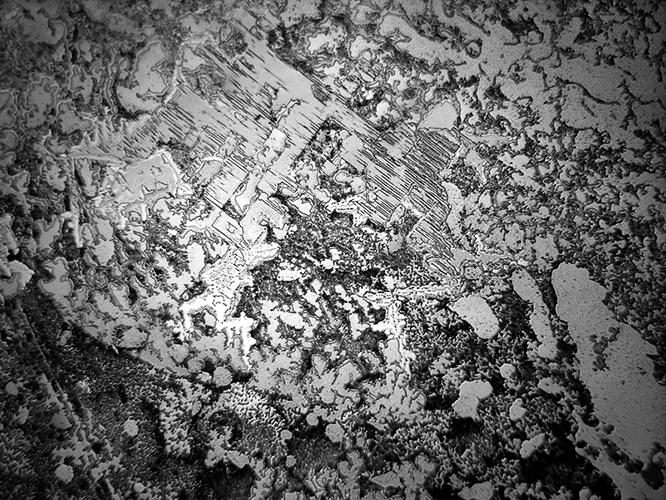
Tears of ending and beginning, Rose-Lynn Fisher ©2013
2.
Fisher used a standard light Zeiss microscope and a digital microscopy camera to make these images. She photographed over one hundred tears in her quest to discover their distinctive formations. She worked like a surveyor mapping the topography of a new land. But rather than surveying the mountains and valleys of an external landscape her explorations are of the proteins, hormones and minerals of an inner world.
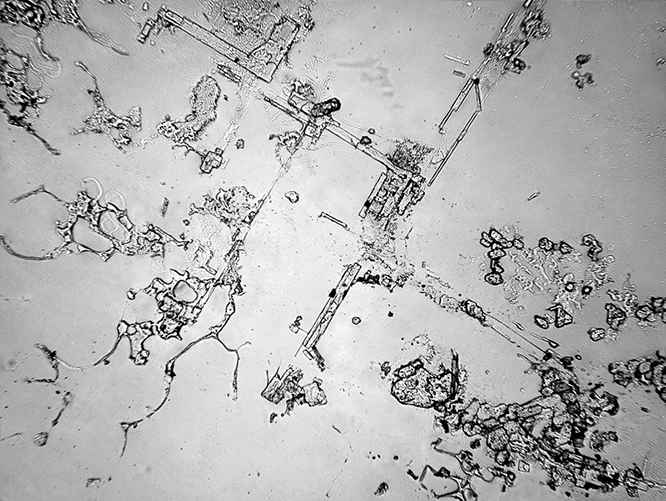
Tears of grief, Rose-Lynn Fisher ©2013
3.
“Cry it out” people say, “you’ll feel better.” But why? I think it’s because crying forces you out of your grief soaked thoughts and deliverers you back to the world of your body: beating heart, gasping breath, the sound of sobs in your throat. You are alive, even if you wish you were dead.
4.
Medieval theologians grouped tears into four different types:
Tears of contrition
Tears of sorrow
Tears of gladness
Tears of grace
Twenty first century scientists have identified three different types of tears:
Basal tears which moisten the eye
Reflex tears caused by an outside irritant, like a stray eyelash or chopping an onion or a smoky wind.
Emotional tears that are triggered by sadness, grief, frustration, ecstasy, mourning, or loss.
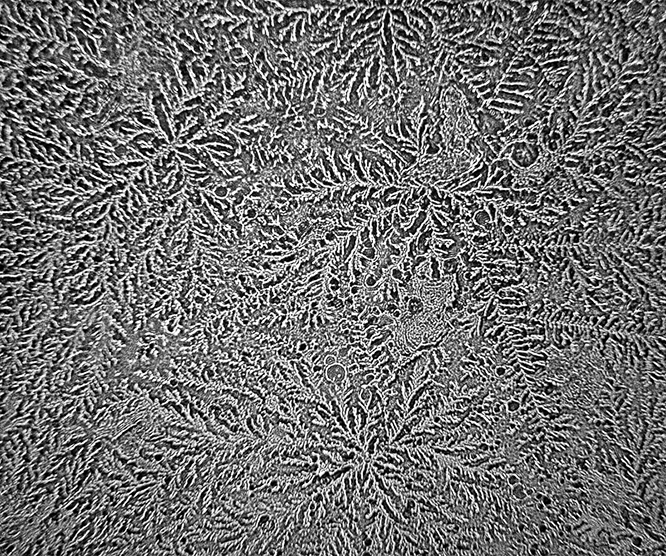
Onion Tears, Rose-Lynn Fisher ©2013
5.
Emotional tears are packed full of hormones, up to 25 percent more than reflex tears. In Fisher’s photographs a tear from chopping an onion looks very different than tear of possibility and hope.
Emotional tears contain the Adrenocorticotropic hormone, which signifies high levels of stress, leucine-enkephalin, an endorphin that reduces pain, and prolactin, a hormone that triggers breast milk production (and found in higher levels in woman’s tears).
William Frey, of the St. Paul Ramsey Center in Minnesota, discovered that tears contain thirty times more manganese than blood, and manganese is a mineral that effects mood; it’s linked to depression. All of these elements build up in the body during times of stress, and crying is a way for the body to release them. A good cry slows your heart rate; it helps you to return to an emotional equilibrium.
In other words, you can cry yourself back to mental health.
6.
Crying Songs
Cry Me a River (Ella Fitzgerald)
Fool to Cry (Rolling Stones)
Big Girls Don’t Cry (Frankie Valli)
No Woman, No Cry (Bob Marley)
Blue Eyes Crying in the Rain (Willie Nelson)
When Doves Cry (Prince)
Crying Song (Pink Floyd)
Don’t Cry Baby (Etta James)
7.
Samuel Beckett once said “my words are my tears.” But the opposite is also true: tears are your words. Tears are a language, a means of communication. Overwhelmed by emotion, babies cry out in need, having no other way to express their feelings. A lover, not getting the response that she craves, cries in frustration: tears of distress as a plea for emotional connection. Tears flow when mere words don’t.
8.
Rose-Lynn Fisher writes that “the topography of tears is a momentary landscape.” Isn’t it strange that a tear, which is transitory and fragile, can look just like the topography of an actual landscape: the solid stuff of soil, water, stone and vegetation, and which has been in formation for thousands of years? How is it that the microcosm of the tear mirrors the macrocosm of the earth?
These are aerial photographs, taken in 1940’s of the South Florida’s everglades.
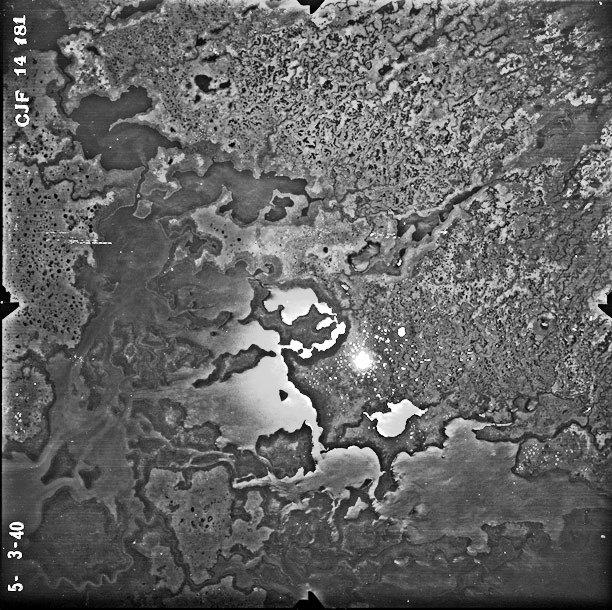
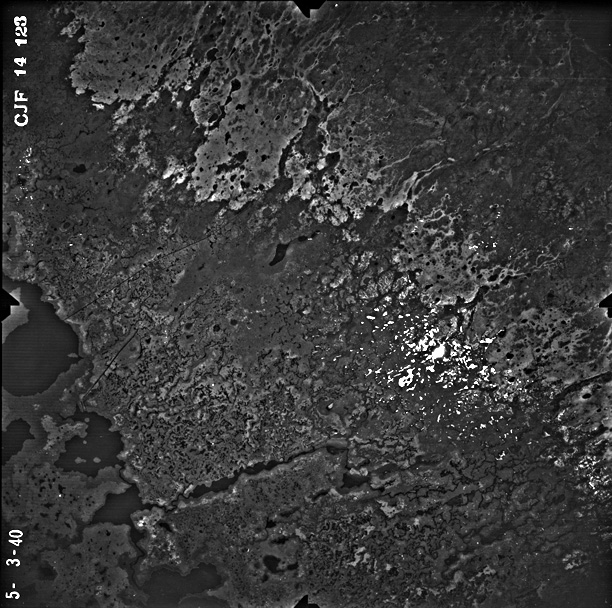
9.
In Lewis Carroll’s Alice in Wonderland, Alice cries when she grows to be nine feet tall, and she can’t get into the garden. She reprimands herself just like a parent scolding a child: “You ought to be ashamed of yourself, a great girl like you to go on crying in this way! Stop it this moment, I tell you!” But she can’t stop and she cries gallons of tears that form a large pool around her that is four inches deep.
And then Alice loses her sense of self. “Who in the world am I?” she asks, like a person experiencing a breakdown. She becomes more and more confused, imagines herself as someone else, and yearns to be told who she is really is (“If I like that person I’ll come up”). She then bursts into tears again when she realizes how lonely she feels.
And then Alice shrinks and she finds herself swimming in the pool of her own tears, the same tears that she shed when she was nine feet tall. She meets a mouse, and later a Duck, a Dodo, a Lory and an Eaglet, and they all fall into the pool as well, and then they all climb ashore, and are saved.
Alice’s tears of distress become her means of salvation.
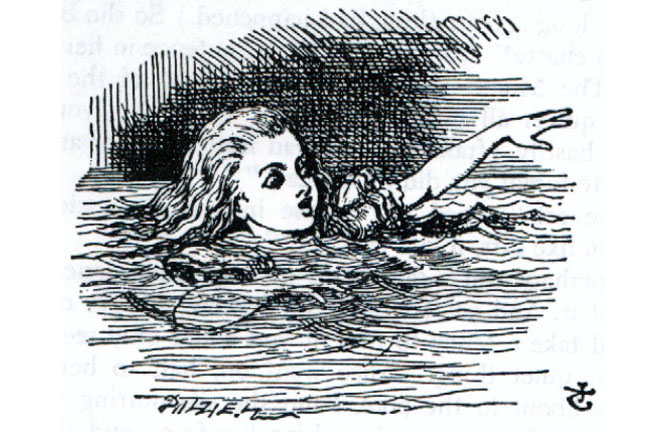
John Tiennel, illustration for Alice in Wonderland
10.
Tears are personal: there is no way around it. If I were an eighteenth century gentleman, the tears I’ve shed in the aftermath of a recent romantic breakup would illustrate a certain kind of moral sensitivity.
But in 21st century big boys don’t cry.
It is in anonymous or isolated places that the tears hit with astonishing force: for me, driving down the West Side Highway, walking past a park redolent with memory; sitting on the number 6 subway train at 7:45 am and even, embarrassingly, in my local market where — upon finding me doubled over in grief — a stranger gently laid her hand on my shoulder, asking me if I was ok.
“I’m fine,” I said. “Except for a broken heart.”
“You’ll be ok,” said the stranger. “I promise.”
Had my tears been under Fisher’s microscope at that moment, a seismic shift in their proteins and enzymes would have been revealed. As grief gave way to appreciation, I gathered up my groceries and made my way to the door, and out into the world again.
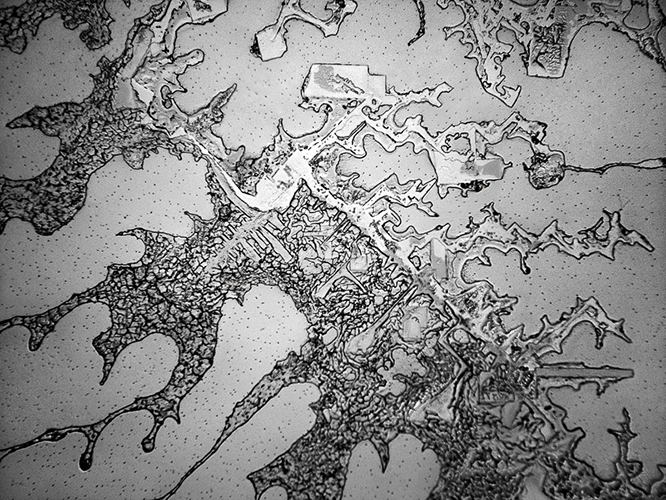
Tears of possibility and hope, Rose-Lynn Fisher ©2013
Thanks to Tom Lutz’s Crying.
